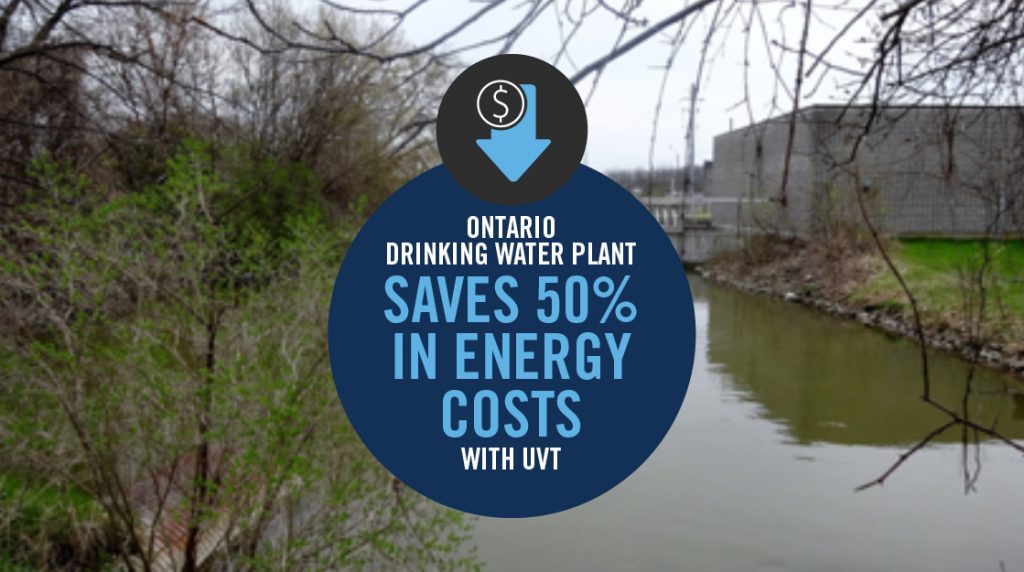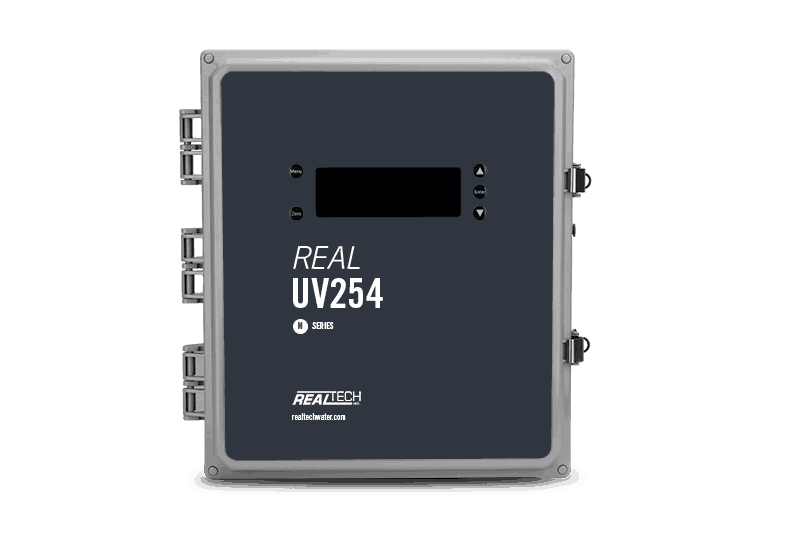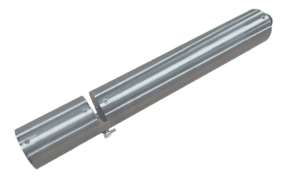Waterborne pathogens can cause serious disease outbreaks. Drinking water disinfection forms the final barrier between these pathogens and humans. For drinking water disinfection, ultraviolet (UV) light has proven to be the best method for inactivation of Cryptosporidium parvum and Giardia lamblia parasites found in natural waters. Organic matter and suspended particles in water absorb and scatter UV light, interfering with pathogen inactivation by UV irradiation.

GAIN THE INFORMATION YOU NEED:
Ultraviolet transmittance (UVT), the remaining amount of light transmitted through a water column after being absorbed and scattered by the impurities in the water sample, is the most important water quality parameter impacting UV disinfection performance. UVT, UV light intensity and flow rate (exposure time) are used to calculate an effective dose for the desired levels of inactivation. Therefore, a reliable and accurate UVT instrument is critical for UV disinfection systems to function properly.
• Accurate UVT data collection for design and sizing
• Low UVT alarm for off specification performance
• Accurate UV dose calculation with real-time UVT for maintaining compliance
• Dose pacing with real-time UVT analysis for energy savings
• Portable UVT sampling for service troubleshooting
• Improved treated water quality and public safety



